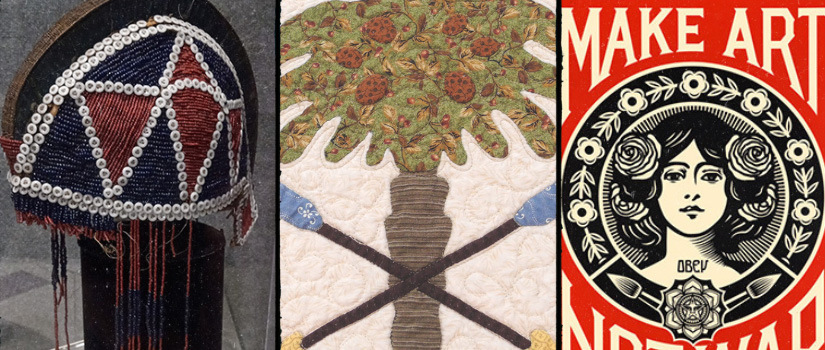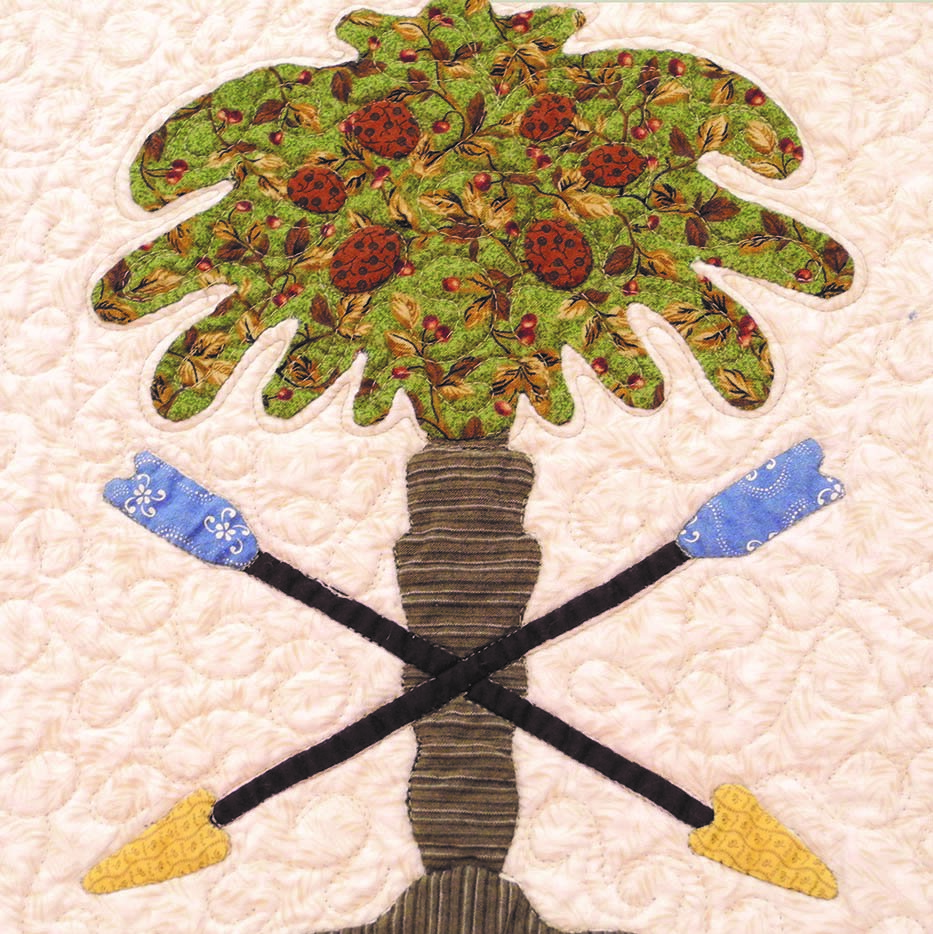
Piece by Piece: Quilts from the Permanent Collection
Since the 1980s, McKissick has documented and celebrated quilting traditions, produced several publications, and developed programs exploring the topic. The quilts in this exhibition illustrate the evolution of this textile tradition over the past two hundred years. From the early use of chintz fabrics to the popularity of solid colors, these quilts reflect traditions with roots in Europe, Africa, and the American South.
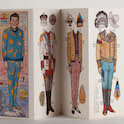
A Laughing Matter
This digital exhibit surveys the use of humor in objects produced for American political campaigns from 1896 to 2016. A Laughing Matter presents a variety of political memorabilia whose humor ranges from light-hearted and good-natured to dark and biting, with misogynist, homophobic and even violent overtones. It invites visitors to reflect on how political campaign materials meant to be funny in their day may now be seen in a new light.
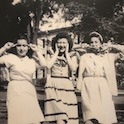
A Woman's Right Part 2
Utilizing original research from guest curator Dr. Jennifer Gunter, Director of the South Carolina Collaborative on Race and Reconciliation, this exhibit continues in a digital space. Part 2 of A Woman's Right features stories, objects, photos and more from the fight for women’s rights from World War II to the present.
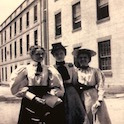
A Woman's Right Part 1
In celebration of the 100th anniversary of the 19th Amendment, McKissick Museum planned a two-part exhibition entitled A Woman's Right that uncovers the challenges and triumphs of women at UofSC. While the museum is closed, curators have created a digital catalog of the first part of the exhibition. This downloadable PDF contains the exhibit’s original text panels, photographs, captions and more.
